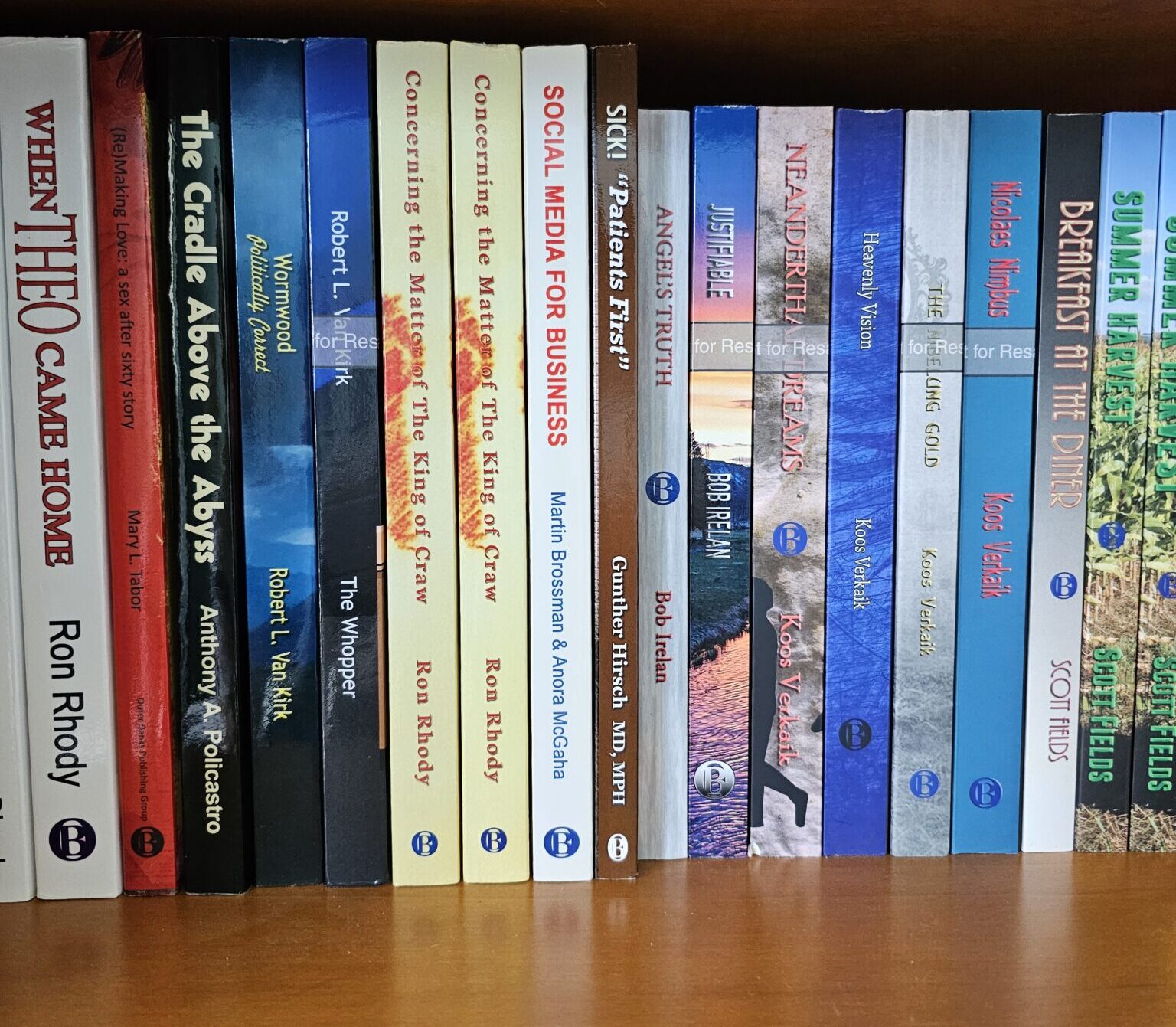


 In an age of rapidly advancing technology and changing reader preferences, the world of book publishing is undergoing a profound transformation. Traditional practices are giving way to innovative approaches, and new trends are reshaping the way authors create, publishers distribute, and readers consume content. This article delves into the most current trends in book publishing, offering insights into the dynamic landscape that is shaping the future of the industry.
In an age of rapidly advancing technology and changing reader preferences, the world of book publishing is undergoing a profound transformation. Traditional practices are giving way to innovative approaches, and new trends are reshaping the way authors create, publishers distribute, and readers consume content. This article delves into the most current trends in book publishing, offering insights into the dynamic landscape that is shaping the future of the industry.
The digital revolution has indelibly impacted the publishing industry, with e-books reigning supreme in the modern era. E-books have not only opened up new avenues for authors to self-publish but have also provided established publishing houses with a cost-effective way to reach wider audiences. This trend has been accelerated by the proliferation of e-readers, tablets, and smartphones, allowing readers to access their favorite books on-the-go. As a result, publishers are increasingly focusing on optimizing content for digital platforms, ensuring that formatting and design translate seamlessly across various devices.
The rise of self-publishing has disrupted the traditional publishing model, granting authors greater autonomy and control over their work. Authors are now able to sidestep the often rigorous gatekeeping processes of traditional publishers, and instead, publish their books independently through online platforms. This trend has led to a surge in the number of books being published, spanning various genres and catering to niche audiences. While self-publishing offers authors unprecedented creative freedom, it also necessitates a more entrepreneurial approach, as authors are responsible for marketing, distribution, and overall book visibility.
The publishing industry is making concerted efforts to champion diversity and inclusion in both the stories being told and the voices telling them. Readers are increasingly seeking stories that reflect a range of experiences, cultures, and backgrounds. Publishers are responding by actively seeking out underrepresented authors and narratives, thereby enriching the literary landscape. Sensitivity readers and increased awareness of cultural authenticity are becoming standard practices, ensuring that stories are respectful and accurate in their portrayals.
Environmental concerns have permeated every industry, and publishing is no exception. Publishers are adopting eco-friendly practices, from using recycled materials for physical books to reducing carbon footprints in the production and distribution processes. Additionally, the concept of “slow books,” akin to the slow food movement, is gaining ground. This entails focusing on producing high-quality, lasting content, as opposed to rushing to meet market demands with disposable literature.
Book discovery in a sea of digital content has become a major challenge. As a result, creative marketing strategies are essential for capturing readers’ attention. Social media, book influencers, and online book clubs play a pivotal role in generating buzz around new releases. Data analytics and AI-driven insights are also being utilized to target potential readers more effectively and tailor marketing campaigns to their preferences.
In an era of diminishing attention spans, the popularity of serialized content and shorter-form literature is on the rise. Platforms like Wattpad and Radish have gained traction by offering stories in bite-sized installments that cater to readers looking for quick entertainment. This trend is prompting authors and publishers to explore new ways of storytelling, experimenting with episodic narratives and concise yet impactful prose.
Audiobooks are experiencing a renaissance, with their popularity surging among busy readers who can now consume books while commuting, exercising, or multitasking. The convenience of audiobooks has led to a significant increase in their production, with publishers investing in high-quality narrators and immersive soundscapes. Additionally, podcasts centered around books and literary discussions are further engaging the literary community and enhancing the audio experience.
Publishing models are becoming increasingly hybrid, blending traditional publishing with self-publishing elements. Some authors choose to self-publish certain works while pursuing traditional publishing routes for others. This approach allows authors to leverage the advantages of both worlds, maintaining creative control over some projects while benefiting from the resources and distribution networks of established publishers for others.
Artificial Intelligence is making its presence felt in the writing process. AI-driven tools assist authors in various stages of writing, from generating plot ideas to offering grammatical suggestions. While these tools are not meant to replace human creativity, they do offer valuable support to authors, helping them streamline their work and enhance its quality.
Blockchain technology is gradually seeping into the publishing industry, primarily in the realm of copyright management and royalty tracking. Blockchain’s decentralized and immutable nature provides a secure and transparent way to manage intellectual property rights and ensure that authors receive fair compensation for their work, even as it gets shared, adapted, and sold across different platforms.
In conclusion, the world of book publishing is in a state of flux, with innovative trends reshaping every aspect of the industry. From the dominance of digital content and the empowerment of self-publishing to the emphasis on diversity, sustainability, and serialized narratives, the landscape is evolving to cater to modern readers’ preferences and behaviors. As authors, publishers, and readers continue to adapt, the future promises a literary world that embraces technology while staying true to the timeless art of storytelling.
The author generated this text in part with GPT-3, OpenAI’s large-scale language-generation model. Upon generating draft language, the author reviewed, edited, and revised the language to their own liking and takes ultimate responsibility for the content of this publication.